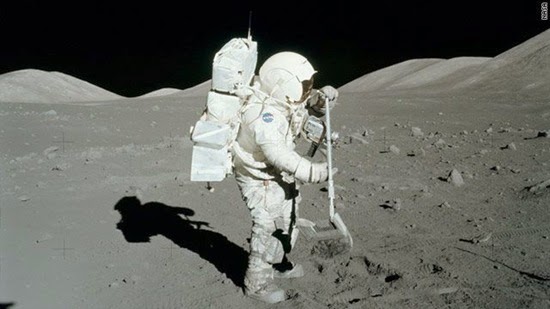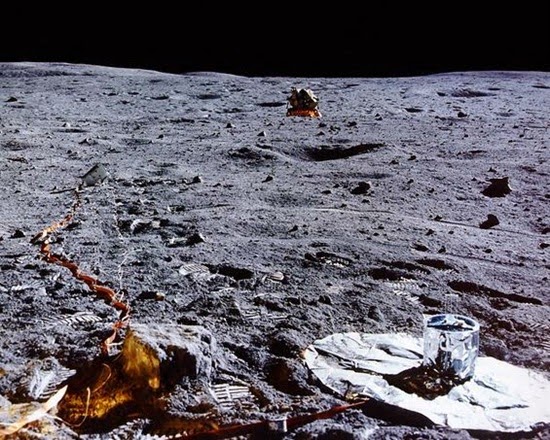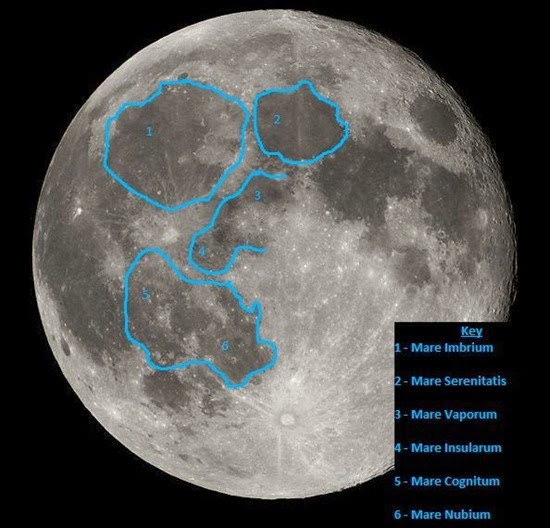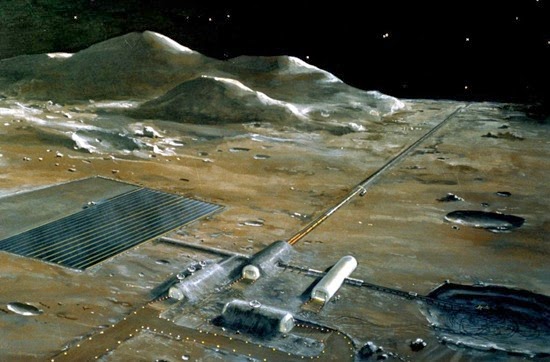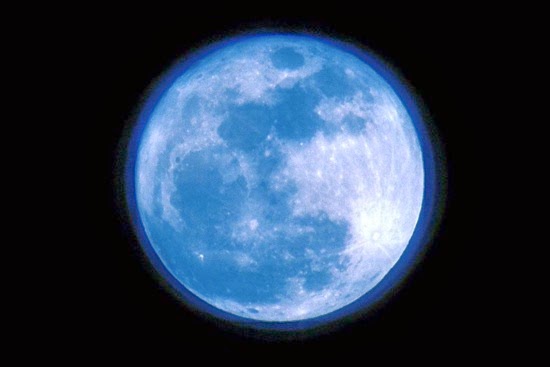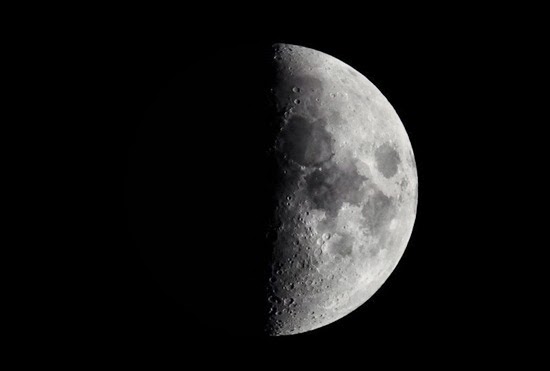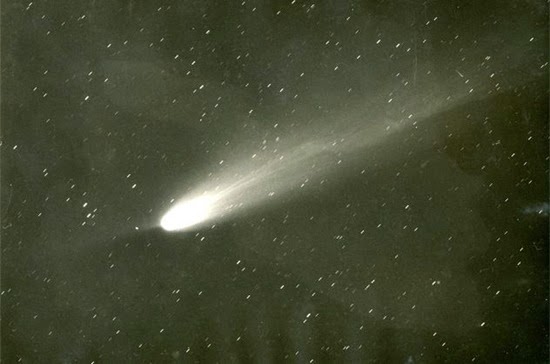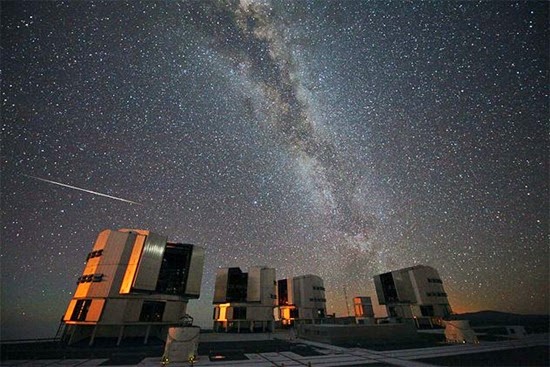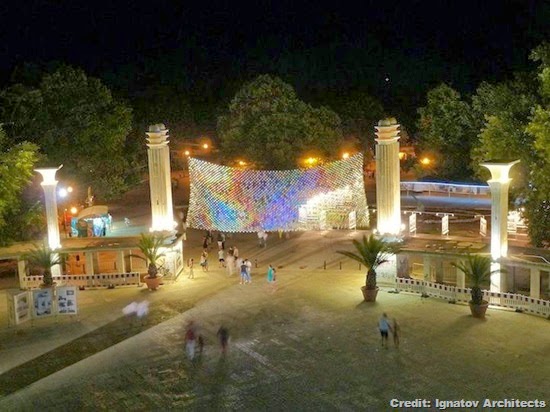
From a woman who committed suicide when forbidden to use Facebook, to a teen who almost killed himself because of bad selfies, meet some people that are seriously addicted to the Internet.
1. The woman who was hospitalized after excessive WhatsApp typing
A woman used the WhatsApp messaging service so much over the last Christmas holiday that she ended up in hospital.
The Lancet medical journal noted a report by medical staff who treated a 34-year-old emergency medicine physician who was 27 weeks pregnant and sought treatment for severe pain in her wrists.
She had no history of trauma and had not engaged in any excessive physical activity in the previous days. However, on Christmas Day 2013, she spent an estimated six hours holding a weighty mobile phone while sending vast quantities of messages.
The diagnosis was bilateral extensor pollicis longus tendinitis of the thumb - or what they have nicknamed "WhatsAppitis."
2. The teenager who tried to kill himself because he wasn't satisfied with the quality of his selfies
A selfie-addicted British teen tried to kill himself because he didn't like any of the photos he had taken.
Danny Bowman, 19, spent up to 10 hours each day taking up to 200 photos of himself on his iPhone. He then nearly overdosed on pills, but his mother intervened and kept him alive.
Bowman's case is extreme, yes, but psychiatrists are starting to consider selfie addiction as a serious mental health issue.
3. The Chinese teen who died at internet addiction rehab camp
China is investigating the death of a teenager who was allegedly beaten to death in a camp designed to treat internet addiction.
Deng Senshan, 15, died less than a day after his parents sent him to the camp in southern Guangxi province.
The case has led medical experts to call for laws regulating centres that treat obsessive web surfing. Concern over such behaviour is so widespread in China, and demand for rehabilitation is so great, that some camps now advertise on television, the report said.
Deng was found vomiting and was taken to a clinic where he died. Fellow students said a teacher beat him.
Tao Ran, director of the country's first internet addiction treatment clinic at a military hospital in Beijing, told The Associated Press that deaths like these are bound to happen because few camps employ scientific methods, with most opting for crude military-style discipline.
Internet addiction is a big problem in China. 200 million internet users are between the ages of 15 and 35 and many lack self-control. Students in high school and college also face enormous pressure from parents to succeed academically.
Tao's clinic has treated about 5,000 internet addicts since 2004.
4. The teenage ballerina who killed herself because she was banned from owning a mobile phone
An internet addicted teenage ballerina shared photos of her own bleeding arms on self-harm websites before committing suicide. Troubled Tallulah Wilson, 15, created an online alter ego - a fantasy cocaine-taking character - in her desperation to be loved as someone else. The teenager also regularly visited pages accused of promoting suicide before throwing herself in front of a train.
Tallulah retreated into an online world as she struggled to cope with alleged bullying, her grandmother's death and her parents' divorce. She was banned from owning a mobile phone or laptop - but used her mother's computer to go online.
Her mother confronted her about her online fantasies. "She said she had 18,000 people who loved her for who she was online." The following day Tallulah left home in West Hampstead, NW London, without her dance gear, telling her mother, "I don't need my things today."
She died later that day - October 12, 2012 - when she was hit by a train at St. Pancras station.
5. The 14-year-old who was killed by a train while retrieving her cell phone
In March 2014, a 14-year-old girl was killed by a train after she tried to retrieve her cell phone which she dropped on the tracks.
Jenna Betti was hit by a freight train in Martinez, California. According to the 14-year-old's mother Dena Derenale Betti, Jenna had reportedly been sitting on the tracks with her boyfriend and jumped off when the train approached. However, realizing that she had dropped her phone, she ran back for it, but misjudged the distance of the freight train and was "sucked in by its vacuum."
6. The woman who committed suicide after being accused of Facebook addiction
In February 2014, a 24-year-old Indian woman who was confronted by her parents over her obsession with Facebook responded by hanging herself from a ceiling fan.
Sushma Goswami, 24, had discovered Facebook only a few months earlier and the site quickly turned into an addiction as she started spending hours in front of her computer. Her younger brother followed suit and both raised the ire of their parents for neglecting their daily chores while doing little else beyond spending time online. The siblings each had more than a thousand friends on Facebook, despite spending their lives as social recluses focused almost entirely on their studies.
Following the confrontation with her parents, Goswami locked herself in her room and was found hanging from a ceiling fan the next morning.
Sadly, this isn't the first time a young Indian woman took her own life over Facebook. In October 2013, a 17-year-old girl in Parbhani district of Maharashtra committed suicide after an argument with her parents over her obsession with Facebook. "Is Facebook so bad? I cannot stay in a home with such restrictions as I can't live without Facebook," she wrote in her suicide note.
7. The woman who was so distracted by Facebook that she walked off a pier into icy waters
A female tourist visiting Australia has put a new spin on taking a long walk off a short pier. She was so intent on checking Facebook that she plunged straight into chilly waters of Port Phillip Bay. Fortunately for her there were witnesses who quickly alerted the police.
Not only was this particular tourist completely unaware of her surroundings - she also reportedly couldn't swim. Luckily for her, Port Philip is quite shallow for the most part, and she wound up just 60 feet away from the pier where she was quickly rescued and taken to a local hospital.
The most surprising part? She didn't lose her phone. Even though she couldn't swim and the water temperature was around freezing, she clung tightly to her precious mobile during the whole ordeal.
8. The man who lost his job and wife thanks to his Twitter addiction
Larry Carlat used to be a married editor of a famous men's magazine. Then he became obsessed with Twitter, lost his job, got divorced, and alienated loved ones.
The tweetoholic describes tweeting "every hour on the hour, day and night." His tweets were a clear violation of the company's social-media policy. He was given to choose choice: to delete the account or face termination. He chose Twitter. About a month later, he lost his wife after tweetting "I would've taken a bullet for my wife, but now I'd rather be the one pulling the trigger." He claims to have reached his lowest point when his son threatened to stop following him on Twitter.
After Twitting as much as 30 times a day, seven days a week for over 3 years and amassing over 25,000 followers, Larry decided to commit “Twittercide” and left the social platform.
9. The two men killed for playing an internet drinking game
An online drinking craze linked to the deaths of two teenagers over one weekend in February continued across Britain, despite warnings that it was lethal when taken to its extreme.
The internet trend, known as "neknomination" involves young people filming themselves gulping down large amounts of alcohol in increasingly dangerous settings and posting them online. At the end of the video they shout out a friend's name and nominate them to perform their own stunt.
Jonny Byrne, a 19-year-old from County Carlow, Ireland, was discovered floating in a river after jumping in as part of a nomination stunt.
A Facebook page dedicated to the craze called NI Neknomination has now been discontinued and turned to an alcohol awareness page.
Just hours before the discovery of Jonny Byrne's body, Ross Cummins, 22, was found unconscious in a house in Dublin and died later in hospital. Irish media reported that he was drinking spirits at the time of his death and that his extreme drinking was part of a Neknomination.










